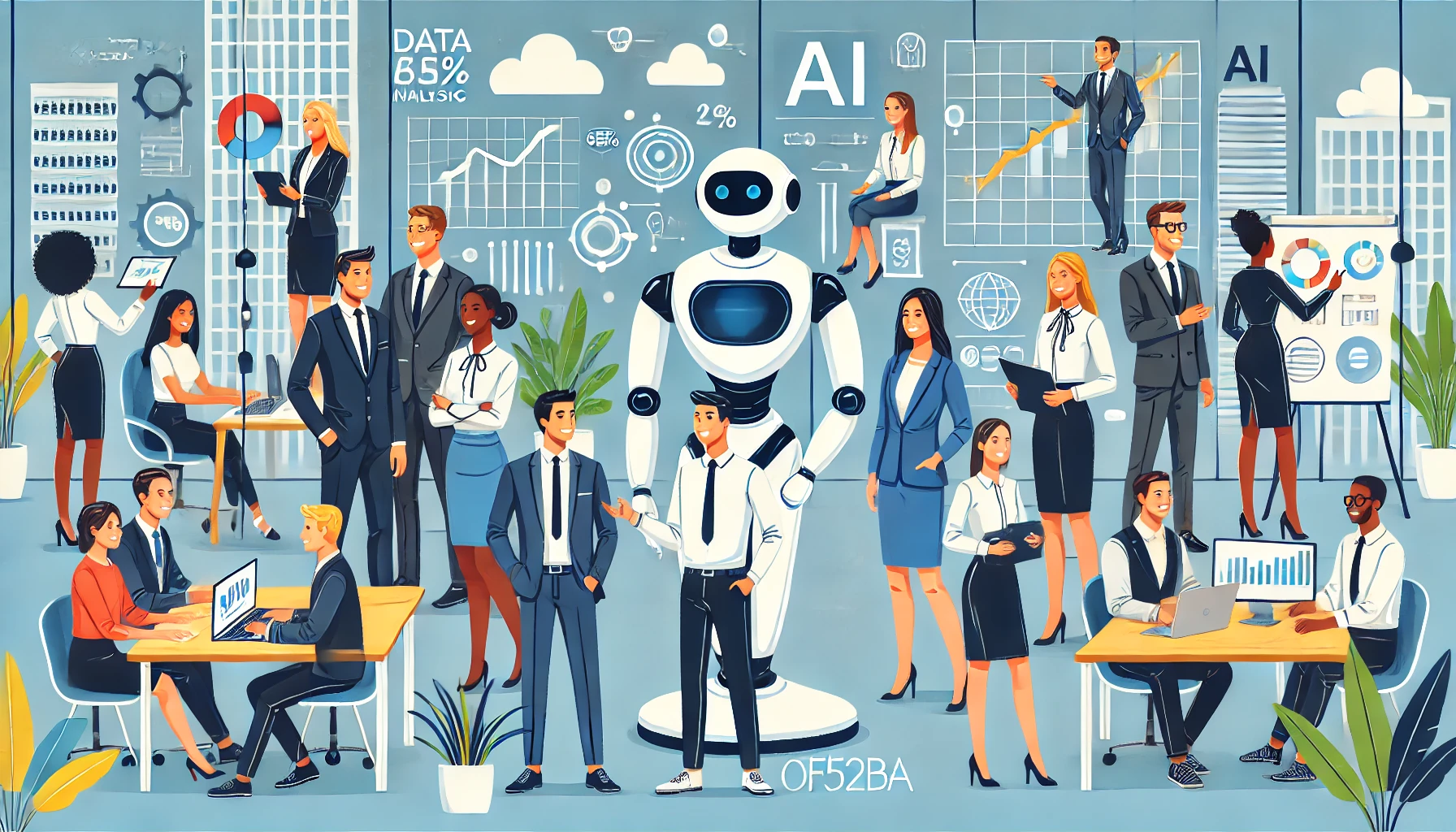
Highlights:
- AI Adoption Timeline: Rapid growth from 2023 to 2025 in SaaS.
- Competitiveness: Companies must achieve AI parity to remain competitive.
- Standardization: AI features will become a common checklist item.
- Industry Examples: Legal and contact center sectors lead in AI adoption.
The SaaS industry is on the brink of a significant transformation as AI parity is expected to be achieved by 2025. This milestone marks the point where AI features become standardized across B2B SaaS products, leveling the playing field for all competitors.
Over the past few years, the integration of AI in SaaS products has been sporadic. In 2023, only a handful of vendors incorporated AI into their offerings. By 2024, this number grew significantly, with many companies not only adding AI capabilities but also continuously learning and iterating from their competitors’ advancements. As we approach 2025, the industry is expected to see AI features becoming a staple across all SaaS platforms, implemented in various ways but fundamentally offering the same functionalities.
This shift towards AI parity means that customers and prospects will find it increasingly challenging to differentiate between providers based solely on AI capabilities. The sectors of legal and contact centers, which have been at the forefront of AI adoption, already exhibit this trend. A glance at their market sites reveals identical AI claims, underscoring the rapid convergence towards a common standard.
The journey to incorporate true AI automation into existing B2B products is a formidable one. For many companies, it represents the most complex initiative undertaken in years. The task involves not only significant development work but also ongoing maintenance, iteration, and improvement. Despite these challenges, leading companies have found ways to emulate successful AI models and APIs, ensuring they remain competitive.
Salesforce’s recent introduction of Einstein Sales Agents on its Agentforce Platform exemplifies this trend. By leveraging AI to scale sales efforts, Salesforce underscores the importance of human-AI collaboration in driving customer success. However, the critical question remains: Can companies fine-tune their AI models better than their competitors? While the answer is yes, the discernible differences for prospects and customers are becoming increasingly subtle.
In this rapidly evolving landscape, achieving AI parity is not just about winning deals but also about avoiding losses. Companies that fail to match their competitors’ AI capabilities risk being left behind. Therefore, as businesses race to build out their AI functionalities, they must also ensure they achieve parity to stay relevant in the highly competitive SaaS market.
For more insights into the future of AI in SaaS, subscribe to our newsletter and stay updated with the latest trends and developments.





